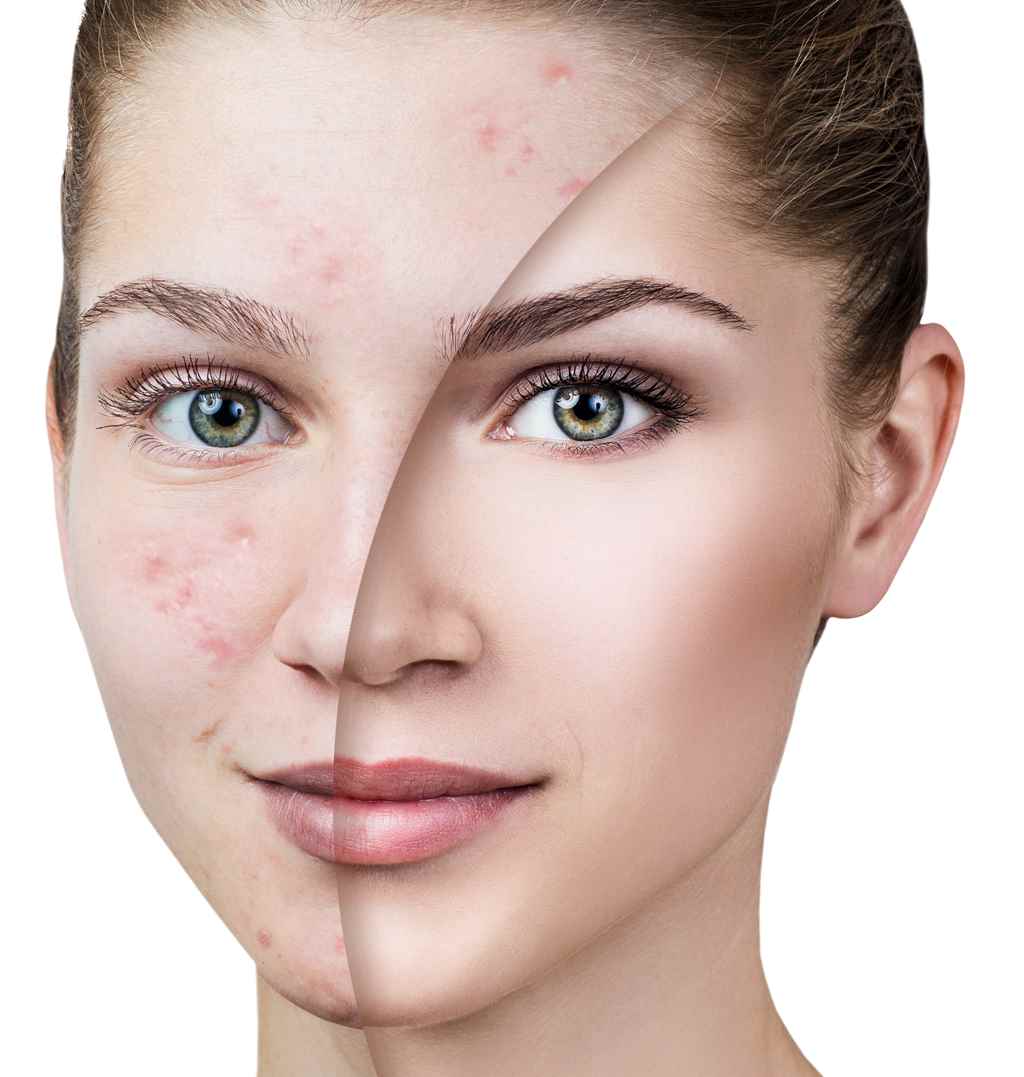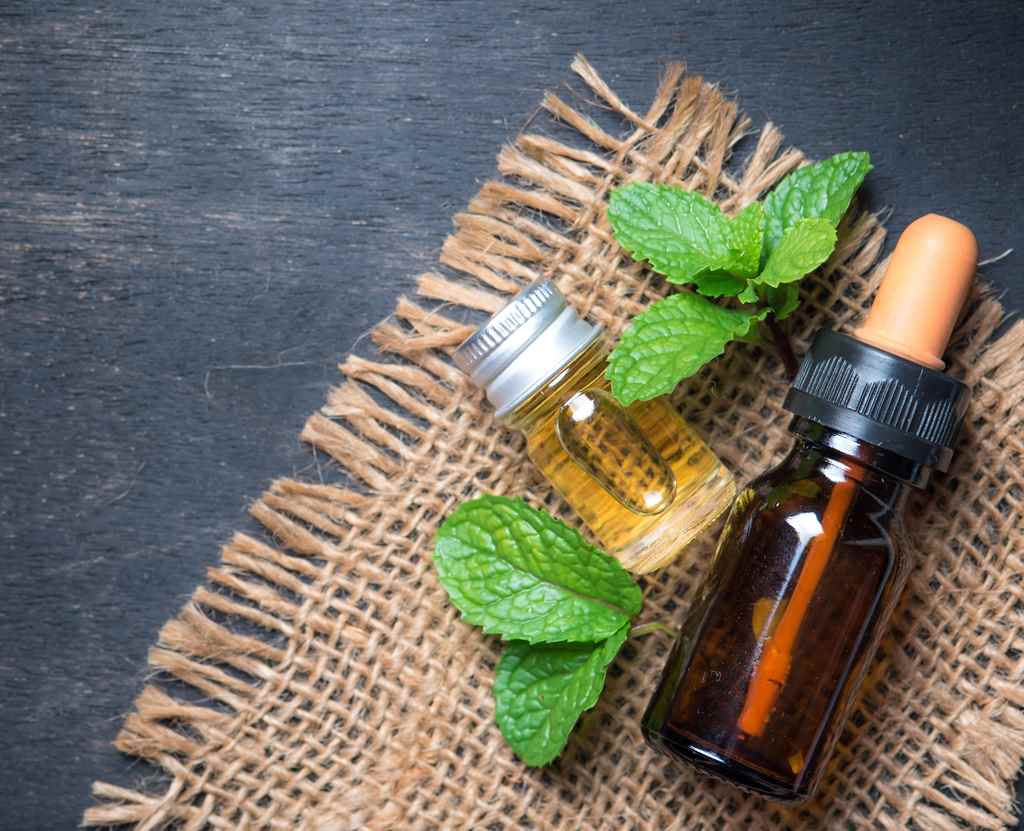Can We Use Tea Tree Oil for Lice?
Tea tree oil is a potent essential oil that is extracted from a tree native to Australia called as the Melaleuca alternifolia tree. Known for its antiseptic, antibiotic and germicidal properties, tea tree oil is effective in killing different bacteria, fungi, protozoans and virus. Thus, the oil is also extremely effective against head lice. It kills adult lice and takes care of the unhatched lice eggs as well.
There are many studies to indicate that issues of lice can be treated with tea tree oil. However, there are not enough studies to measure its effectiveness. Tea tree oil should not be overused. Pure tea tree oil can have side-effects. Make sure that the oil is always diluted with a carrier oil before use. Pregnant women, nursing women, and children must avoid using tea tree oil unless directed by a doctor or expert.
Also Read : A Complete Guide to Diluting Essential Oils
Different Methods to Use Tea Tree Oil for Lice Prevention
1. Tea Tree Oil for Lice

What You Will Need
- Tea tree oil
- Regular carrier oil for hair (coconut oil or almond oil )
- A head towel
- Cotton balls.
Procedure To Follow
- Mix 5 drops of tea tree oil in 2 tbsp of carrier oil
- Saturate the cotton ball with the mixture and apply it directly onto the scalp.
- Cover the entire scalp with the hair towel and leave this on overnight.
How Many Times You Should Do This
Repeat this procedure at least twice a week until all the bits and lice are gone.
Why This Works
The lice-killing germicidal properties of the tea tree oil will eliminate all the lice and nits in the hair. Apart from getting rid of lice, read about multiple other benefits of tea tree for hair health.
Why don't you check out Anveya Tea Tree Oil? It combats bacteria and various other infections that causes ill health for your skin, hair, nails and overall wellbeing.
ANVEYA AUSTRALIAN TEA TREE OIL, 100% PURE, 15ML
- Works on ACNE, SCARS & PIGMENTATION due to its antibacterial and anti-inflammatory properties
- Application in treating SKIN, NAIL & TOE INFECTIONS
- Great for HAIR. Fights against DANDRUFF with its antifungal properties
- Diffuse for fresh & CLEAN HOME
2. Tea Tree Oil Shampoo For Lice
What You Will Need
- Tea tree oil
- Shampoo of choice.
Procedure To Follow
- Mix your shampoo with a few drops of the tea tree oil and use this concoction to wash your hair.
How Many Times You Should Do This
Repeat this procedure at least twice a week.
Why This Works
The shampoo will cleanse the scalp and remove any impurities and excess sebum while the tea tree oil removes all the lice and nits.
3. Tea Tree Oil Spray for Lice
What You Will Need
- 7-8 drops of tea tree oil
- 100 ml of water
- A spray bottle
Procedure To Follow
- Pour the water into the spray bottle and add the essential oil to it.
- Shake the bottle thoroughly so that the oil mixes well with the water.
- Spritz this oil onto your scalp, concentrating on the areas where you can see the nits.
- Leave it on for half an hour and then wash your hair with a shampoo.
How Many Times You Should Do This
At least twice or thrice a week.
Why This Works
This remedy is mild and is best suited for children who suffer from head lice.
4. Coconut Oil And Tea Tree Oil for Lice

What You Will Need
- 6-7 drops of tea tree oil
- 2-3 tbsp. coconut oil.
Procedure To Follow
- Mix both the oils into a homogeneous mixture.
- Apply this oil onto your scalp and along the lengths of your hair.
- Leave it on for about an hour and then wash it off with shampoo and conditioner.
How Many Times You Should Do This
Twice a week
Why This Works
Coconut oil is a source of nourishment for the hair and helps in cooling the scalp down, giving instant relief from the irritation and itching.
Also Read : Coconut Oil for Preventing Hair Loss - How Does it Work
5. Olive Oil And Tea Tree Oil for Lice
What You Will Need
- 5-6 drops of tea tree oil
- 2 tbsp. olive oil
Procedure To Follow
- Mix both the oils into a homogeneous mixture.
- Apply this oil onto your scalp and along the lengths of your hair.
- Leave it on for about an hour and then wash it off with shampoo and conditioner.
How Many Times You Should Do This
Twice a week
Why This Works
Olive oil hydrates the hair, making it appear soft and healthy. Its anti-inflammatory properties give relief against the itching.
6. Lavender And Tea Tree Oil for Lice
What You Will Need
- 3 drops of lavender oil
- 3 drops of tea tree oil
- 2 tsp of your favourite carrier oil
Procedure To Follow
- Combine the oils and apply it all over the scalp and along the length of the hair.
- Leave this overnight and wash your hair with shampoo the next morning.
How Many Times You Should Do This
Twice a week.
Why This Works
Lavender oil cancels out the strong scent of tea tree oil and calms down the itching.
7. Apple Cider Vinegar and Tea Tree Oil for Lice

What You Will Need
- 1 cup apple cider vinegar
- 10 drops of tea tree oil
- 2-3 tbsp. shampoo
- A spray bottle.
Procedure To Follow
- Mix all the ingredients into a homogeneous mixture and store it in the spray bottle.
- Spray the mixture on the scalp and along the lengths of the hair.
- Leave it on for 20-30 minutes and rinse using your regular shampoo and conditioner.
How Many Times You Should Do This
Once in a week or so.
Why This Works
Since the apple cider vinegar is acidic in nature, it kills the lice and nymphs, cleansing the scalp in the process.
8. Tea Tree Oil with Vodka
What You Will Need
- 5-10 drops of tea tree oil
- 3 tbsp. vodka
- cotton balls.
Procedure To Follow
- Mix the tea tree oil into the vodka.
- Using the cotton ball, apply this mixture onto the scalp and leave it on overnight.
- Rinse your hair the next morning with shampoo.
How Many Times you should this
Twice a week.
Why This Works
Vodka contains a high amount of alcohol in it which acts as a deep cleanser. It also helps kill the lice in conjunction with the tea tree oil.
9. Tea Tree Oil and Rubbing Alcohol
What You Will Need
- 15-20 drops of tea tree oil
- spray bottle
- 100 ml of rubbing alcohol.
Procedure To Follow
- Add the tea tree oil to the alcohol in the spray bottle and shake thoroughly.
- Spray this on the scalp and leave it overnight. Wash your hair the next day with shampoo.
How Many Times You Should Do This
Twice a week.
Why This Works
Lice bites on the scalp can lead to an infection if not disinfected. Thus, rubbing alcohol helps in preventing infections on the scalp.
10. Mayonnaise and Tea Tree Oil for Lice

What You Will Need
- 5-6 drops of tea tree oil
- 2 tbsp. mayonnaise
- A shower cap.
Procedure To Follow
- Mix the oil with the mayonnaise to form a homogeneous mixture.
- Apply this mixture on the scalp and cover your head with the shower cap.
- Wash your hair with shampoo and conditioner after an hour or so.
How Many Times you should this
Once in 3-4 days.
Why This Works
Mayonnaise helps suffocate the lice leading to their death. It is thus effective in eliminating adult lice as well as nymphs.
Important Points to Remember
The home remedies using tea tree oil go a long way in eliminating head lice. However, there are some points that you need to keep in mind for effective results. These include:
- Use high-quality tea tree oil.
- Do a patch test of the tea tree oil on a small area of the scalp. If itching or irritation occurs, discontinue use immediately.
- Pure tea tree oil is concentrated and strong, so it has to be diluted with carrier oils such as olive oil or coconut oil or as per the recipes. You can dilute it further if need be.
- Never share your comb with others as this can lead to the lice spreading to other members of your family.
How to Remove Head Lice with Tea Tree Oil?
Prevention is always better than cure. This holds true for head lice as well. If you can recognize the symptoms of head lice early on, then it can be treated in no time at all. It is also important to minimize head lice infestations in the first place. Here are some tips one can follow
Recognizing and Minimizing Head Lice Infestations
- Use fine-toothed lice comb to examine the hair for any lice and nits. The lice comb has very closely spaced teeth which will help examine the hair close to the scalp. Lice can be anywhere between 2-3 mm long while nits are yellowish white in colour and stick onto the hair very close to the scalp.
- Lice thrive on blood that is drawn from the human scalp. Nits thrive on the warmth of the scalp. If nits are found further down the hair shaft, chances are that they are dead or already hatched.
- Often, dandruff and dirt particles can be mistaken for lice. Examine the scalp and check for any infestations especially behind the ears and hairline. This is because nits and lice can easily be seen in areas where the hair is thinner.
Also Read : Tea Tree Oil For Dandruff - Does It Really Work
Treat Lice Infestations with tea tree oil
Pure tea tree oil has antibacterial, antifungal, antimicrobial and anti-inflammatory properties. Thus, it not only kills the number of live lice but also repels future infestations. It is important that the minimum concentration of the tea tree oil is 2% to kill and the lice and nits.
Tea tree oil is one of the most popular essential oils. Several beauty brands have adopted tea tree oil into their products for skin and hair. See our shortlist of the best tea tree oil face wash and best tea tree oil shampoo brands in the market.
Tea tree is also one of the most used oils when it comes to essential oil home remedies. Explore more about the Top 10 Benefits of Tea Tree Oil for Health and have a look at the beauty benefits of tea tree oil for skin and of tea tree oil for hair.
Disclaimer: All the content on anveya.com/blogs is solely for information. It is not intended to be a substitute for professional medical advice, diagnosis or treatment. Always seek the advice of your physician or a qualified health care provider. The information, suggestion or remedies mentioned on this site are provided without warranty of any kind, whether express or implied.




